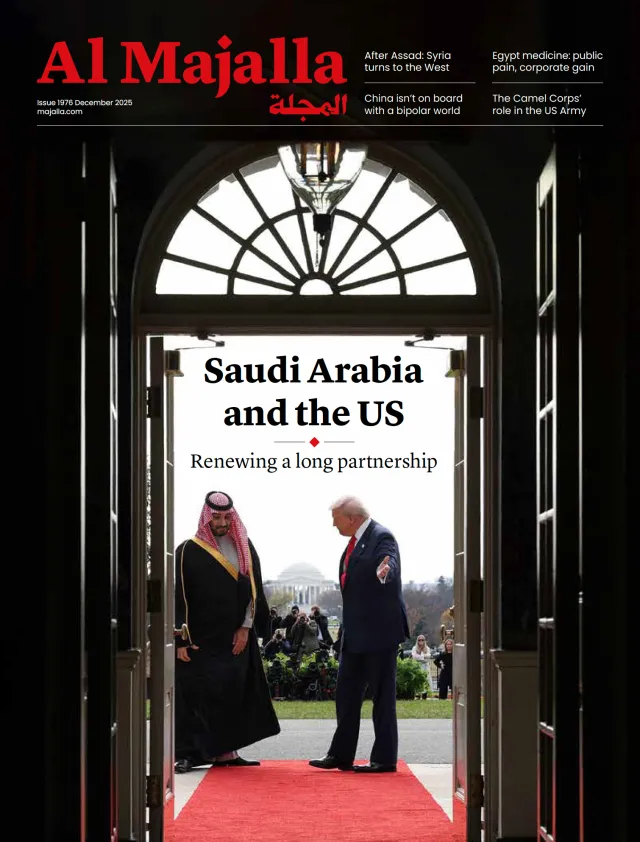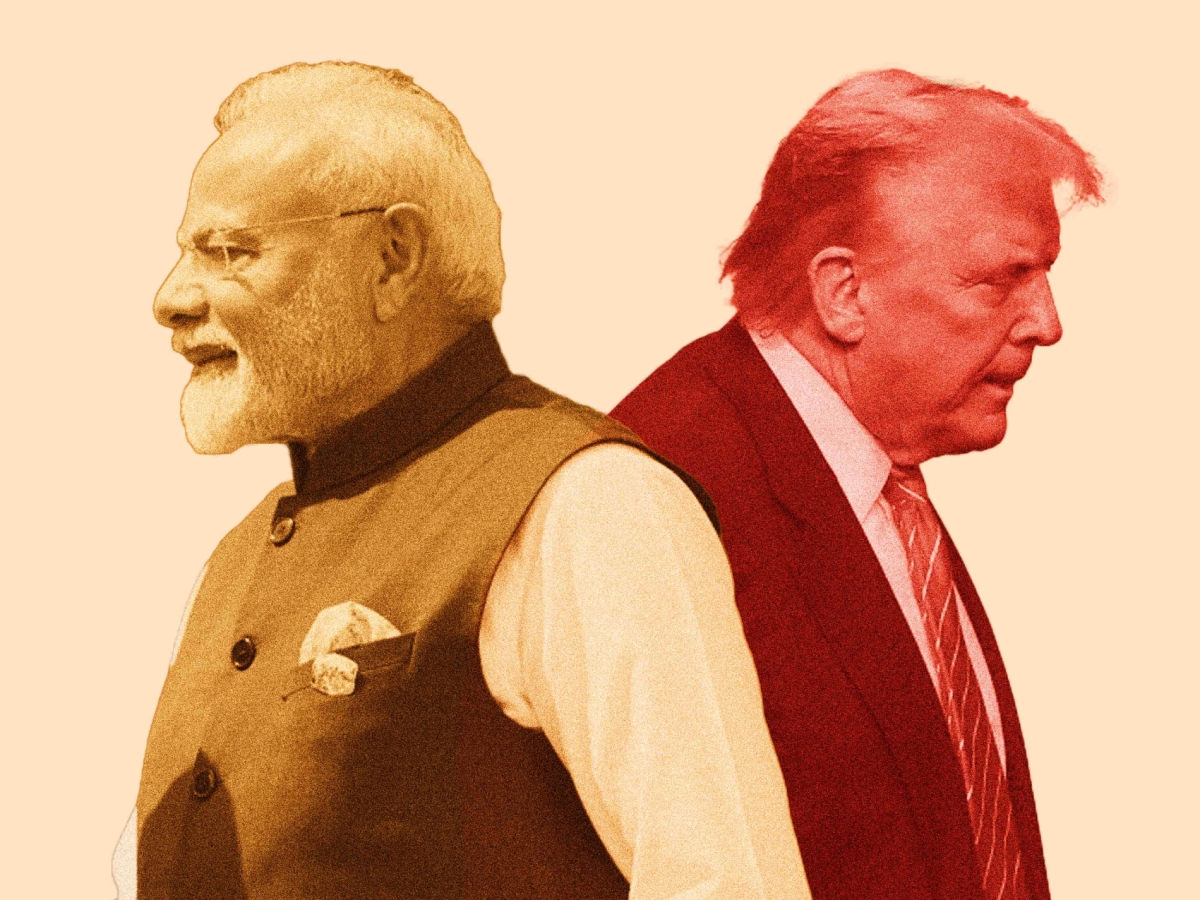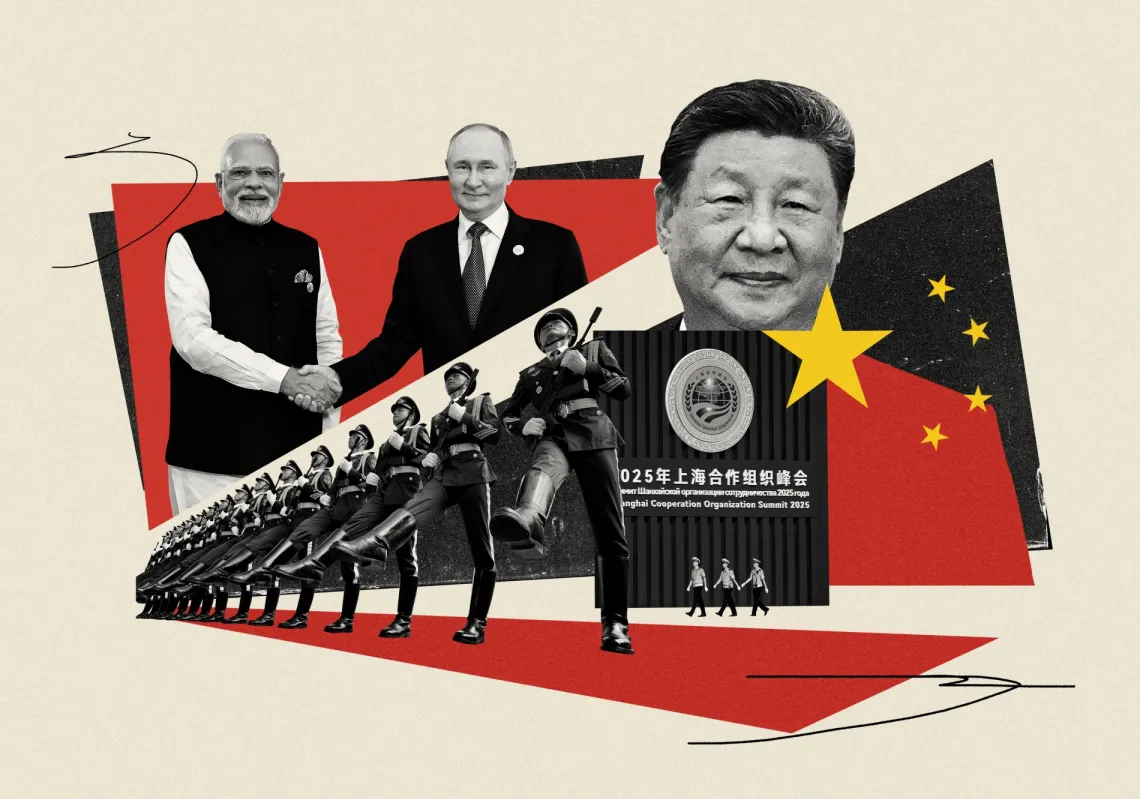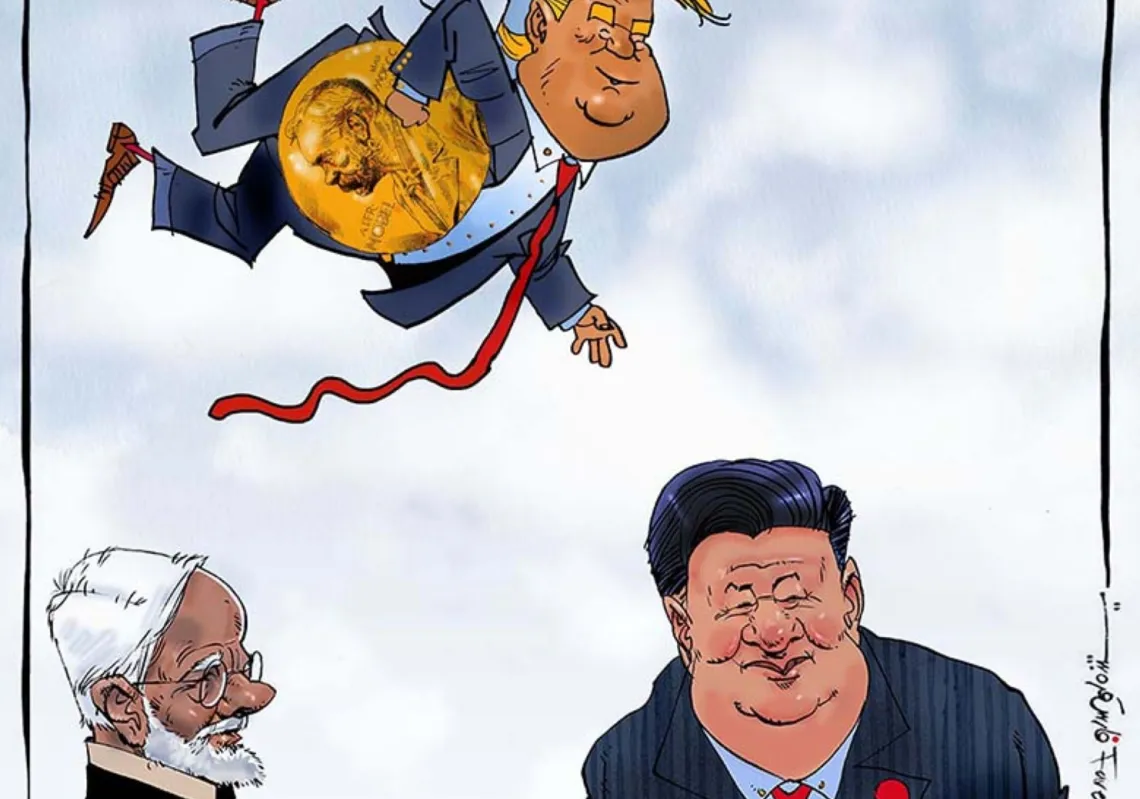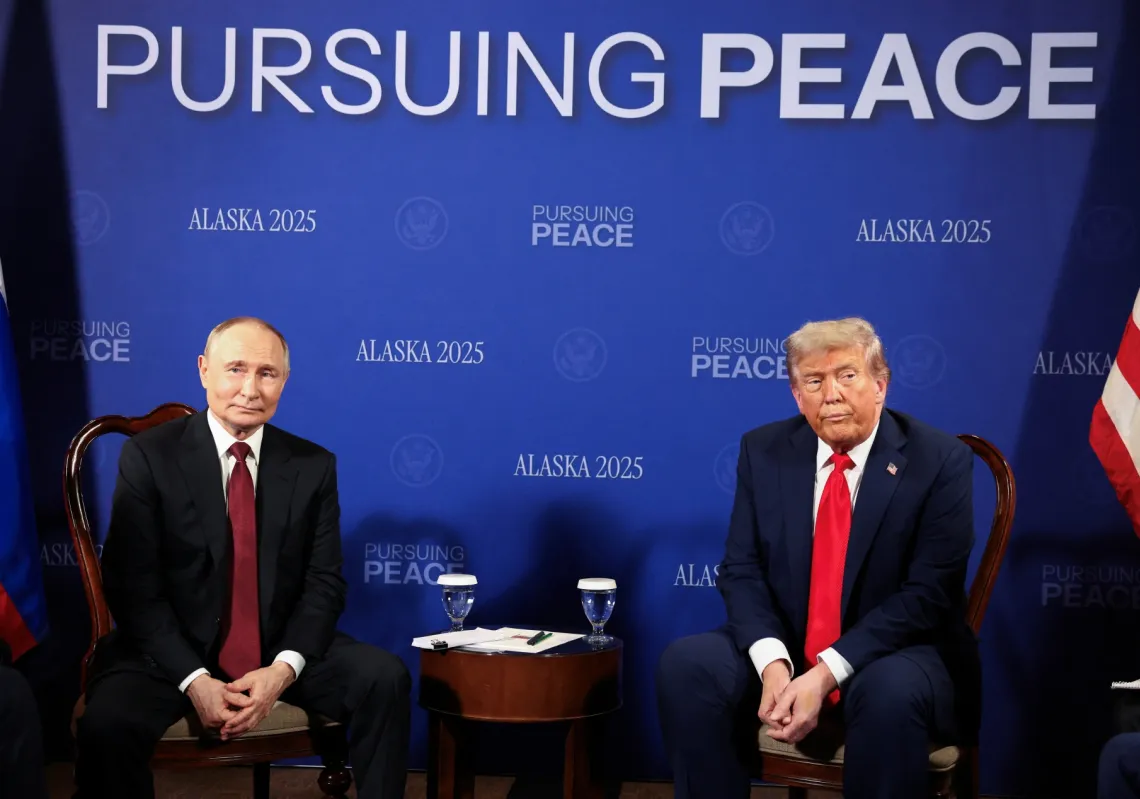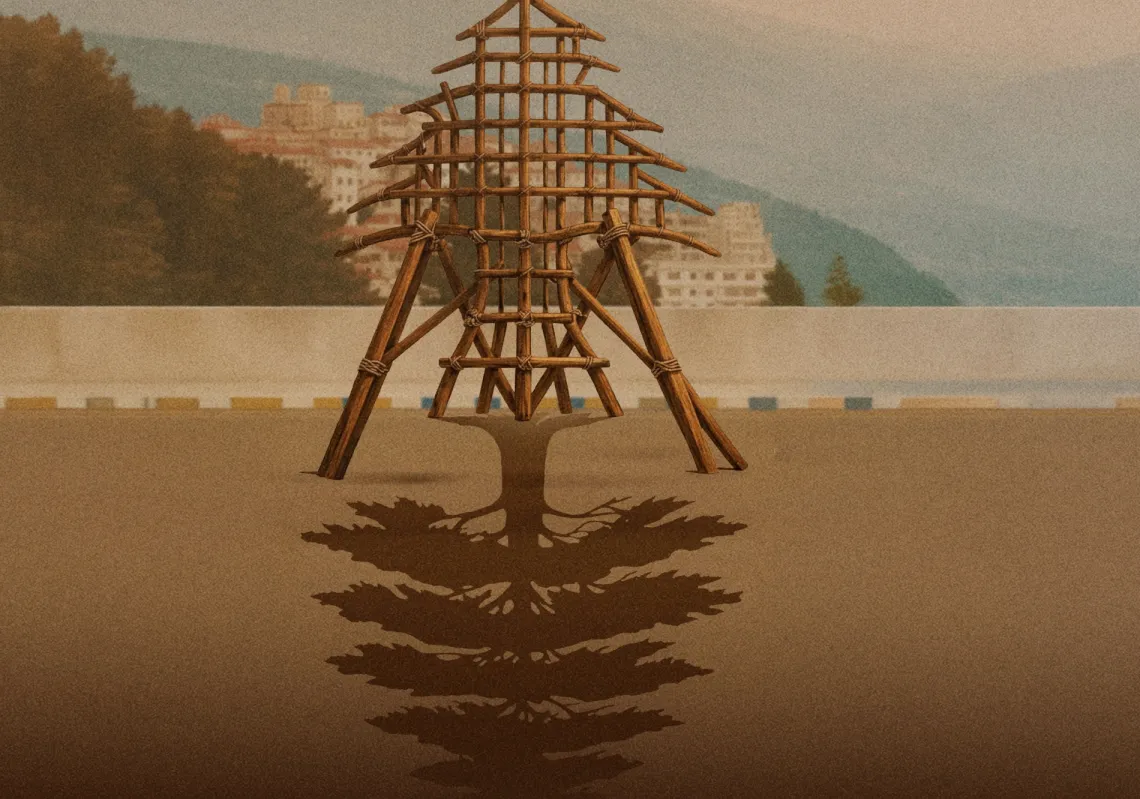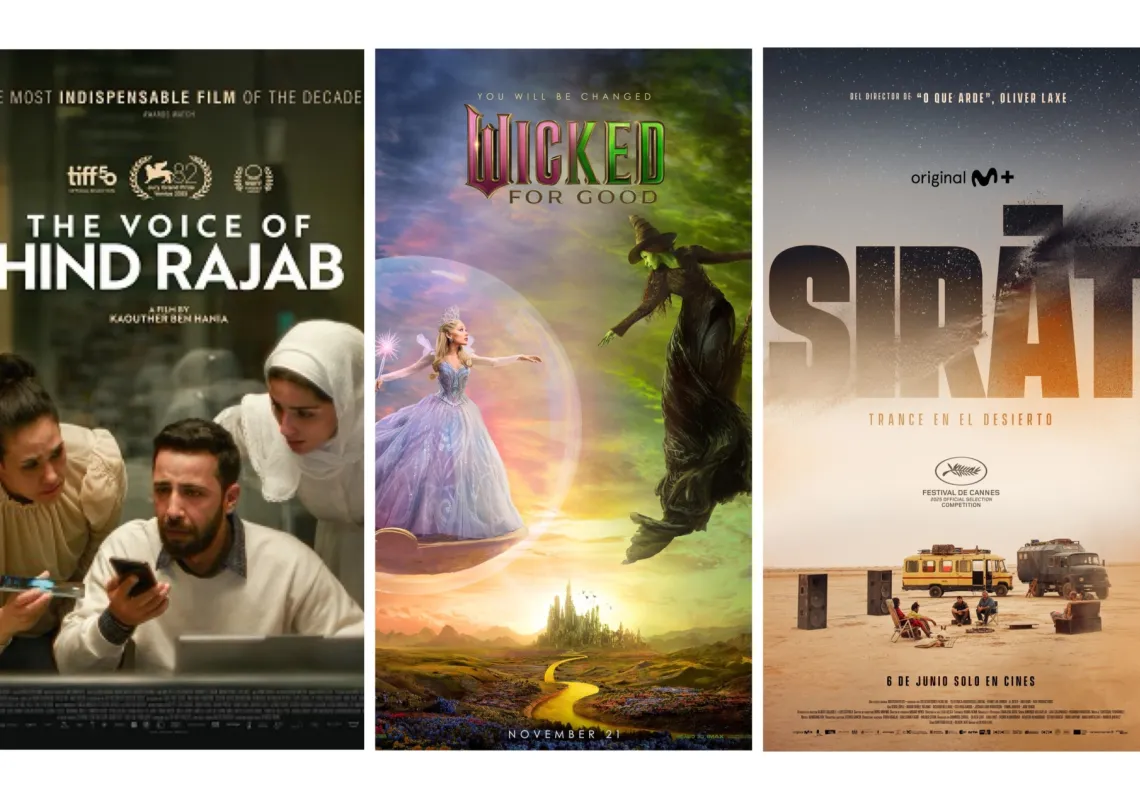India used Prime Minister Narendra Modi’s participation in the recent Shanghai Cooperation Organisation (SCO) summit in Tianjin, China, as an opportunity to send signals of its diplomatic strength to the US.
Not only were Modi’s interactions with SCO leaders, including a bilateral meeting with Chinese President Xi Jinping, watched closely for signs of how India might respond to the shock of US President Donald Trump’s 50% tariffs on Indian goods, but the summit coincided with a tentative thawing of relations with China, with both sides attempting to put the 2020 Galwan River military clashes in Ladakh behind them.
Although the multilateral summit in Tianjin was scheduled well before Trump’s tariffs, the recent stabilisation of India-China relations gives New Delhi the leverage it needs to signal to the US that it will not be pressured into accepting unfavourable trade terms and that it will act according to its own view of long-term economic and strategic interests, rather than US demands.
Modi's engagements at the SCO summit were aimed at conveying that India is not only far from isolated on the world stage but that it has strong allies, with Putin being one of them. The Russian leader is scheduled to visit India in December for the annual Russia-India summit.
With 25% of the US tariffs on India imposed as a penalty for purchasing Russian oil, Modi’s actions in Tianjin will have been closely watched by the US. The Indian prime minister rode in Russian President Vladimir Putin’s car on the way to their bilateral meeting on the sidelines of the summit. According to reports, the two leaders spent 45 minutes in discussion en route to their formal meeting.
In a widely-shared video, Modi could also be seen holding the hands of Xi and Putin. It is a picture of harmony rather than rivalry. Although the gesture was largely symbolic, its significance was amplified by White House trade advisor Peter Navarro, who, following the summit, referred to India as the “Maharaja of tariffs”. Trump also reiterated his demands that India lower tariff and non-tariff barriers for US products.
On a practical level, however, the value of Modi’s warmth towards Xi and Putin is unlikely to cut much ice in tough US-India negotiations aimed at reducing tensions and reaching a trade deal.
Diplomatic reset? Not quite
The improvement in India-China relations is not a diplomatic reset, but rather a reflection of a shared desire for healthier relations, despite differing visions and strategic ambitions in Asia. The Galwan Valley clash led to a significant military buildup along the Line of Actual Control (LAC), and India appears keen on returning conditions along the border to pre-2020 summer levels.
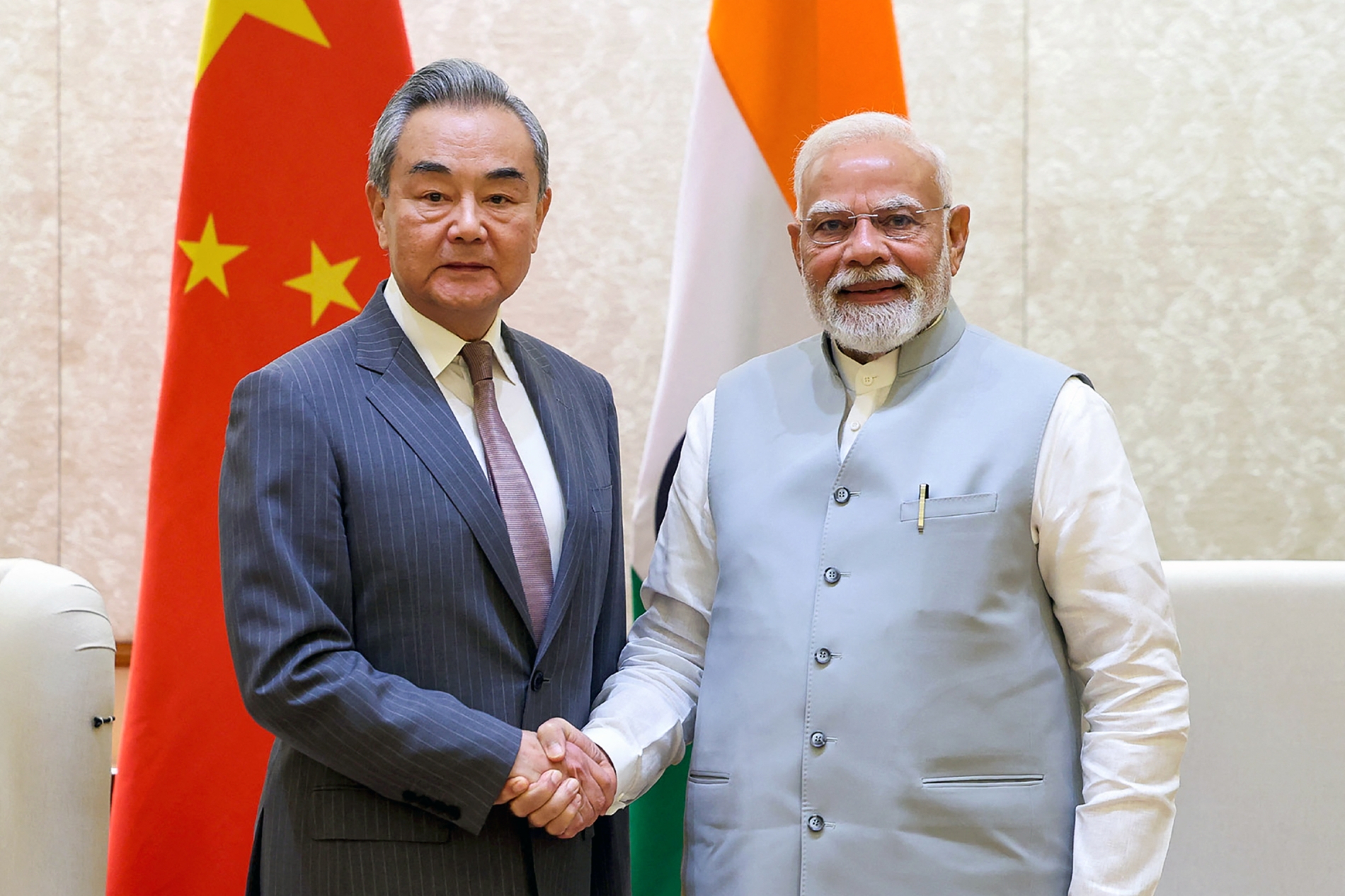
A series of military and political interactions between the two countries, including a meeting between India’s National Security Advisor Ajit Doval and Chinese Foreign Minister Wang Yi in June, helped to create the environment that enabled Modi to indulge in high-profile diplomatic manoeuvres in China.
Following another high-profile meeting with Wang in New Delhi on 19 August, Modi wrote in a social media post that, since he had met with Xi in Kazan in October 2024, “India-China relations have made steady progress guided by respect for each other’s interests and sensitivities.”
The two countries have now begun preparations to resume air services, which were suspended in March 2020 in the wake of the pandemic, but remained frozen for more than five years due to developments along the LAC.
Although respect for each other’s ‘interests and sensitivities’ will guide future trust-building initiatives, India and China have divergent views on Asia and the emerging global order. China’s growing power, as well as the Pakistan-China alliance, heavily influence India’s worldview and its actions.
While Modi enjoyed the diplomatic limelight provided by the SCO summit, India opted to skip the military parade in Tiananmen Square on 3 September. That parade, which marked 80 years since the end of the Second World War, was the country’s largest-ever military parade and a show of strength by China. In attendance were more than 25 foreign leaders, including those of Russia, Pakistan, Uzbekistan, Iran, North Korea, Indonesia, Malaysia, and Slovakia.
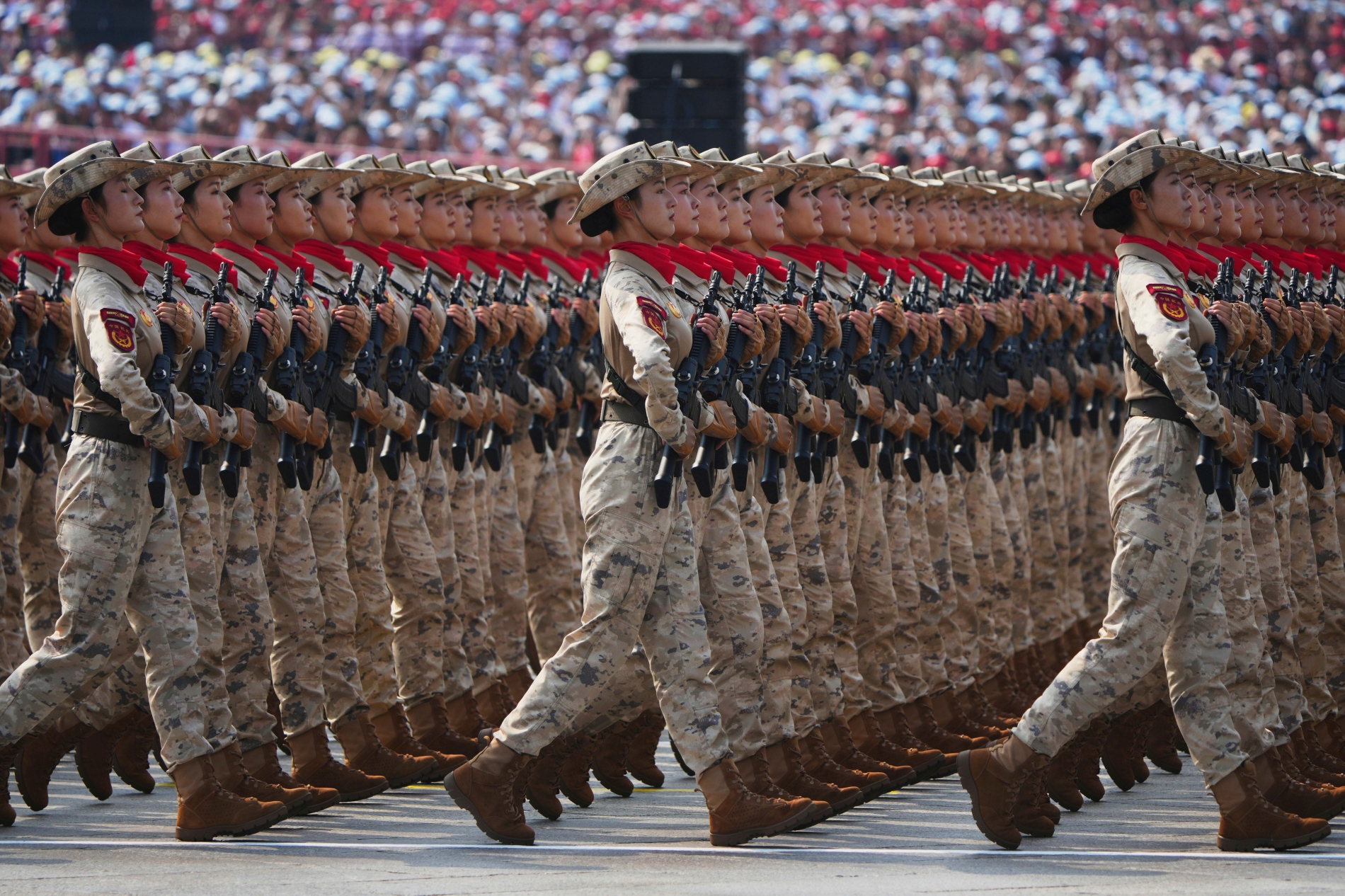
Japan, whose defeat in the war was celebrated by the parade, had asked European and Asian countries to stay away from the military spectacle. Significantly, Modi arrived at the SCO summit from Japan, where he had agreed with Japanese Prime Minister Shigeru Ishiba on several initiatives to strengthen relations. These included plans to boost security and defence cooperation and to create a new economic security framework. The latter will be designed to boost cooperation in areas such as semiconductors, critical minerals, pharmaceuticals, and AI.
Lingering points of contention
While India and China have emphasised the mutual benefits of easing border tensions, facilitating business ties and travel, and developing a stable, cooperative, and forward-looking relationship, various contentious issues continue to cause trouble. For example, China is keen for Azerbaijan to become a full member of the SCO, while India is reportedly opposed to such a move because of Azerbaijan’s alliance with Pakistan.

